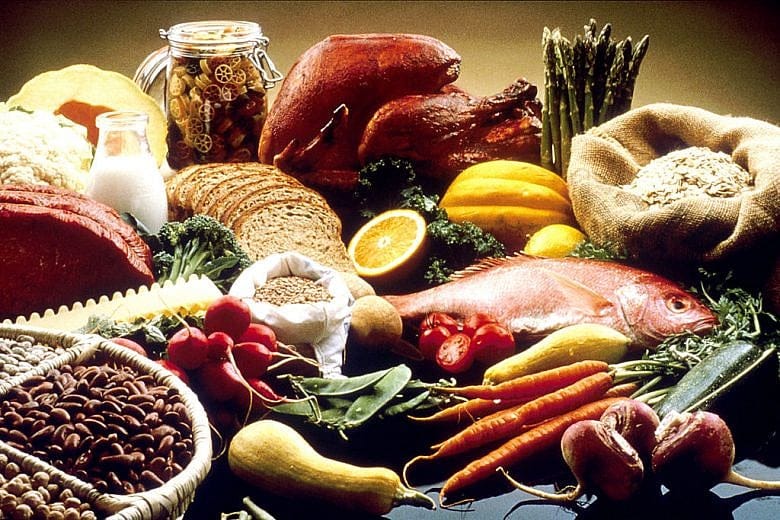Obesity, fatty foods, death and science

Something is killing us — beyond the fact that life itself is a terminal condition. This week brought news that the U.S. mortality rate overall has risen slightly since 2014. "It's a definite milestone in the wrong direction, and the concern a lot of us have is that it reflects largely the approximately three-decade-long epidemic of obesity," Stephen Sidney, a California research scientist, told The Wall Street Journal. Death rates rose for eight of the 10 leading causes, including heart disease, stroke, chronic respiratory disease, injuries (including drug overdoses), diabetes, kidney disease, Alzheimer's disease and suicide. Cancer death rates continue to decline, and influenza deaths were unchanged. The uptick in deaths means that life expectancy rates for babies born today have dropped a bit.
For something as multifactorial as overall death rates, a certain modesty is necessary in interpreting the data and/or offering hypotheses. I have my favorite suspicion, and I freely acknowledge that it's a hunch. A large number of Americans are living alone (27 percent in 2014, compared with 13 percent in 1960) and becoming alienated from community, church, and neighborhood groups (the so-called mediating institutions of society). A 2010 AARP survey found that one third of adults over 45 years old reported that they were chronically lonely, whereas only 20 percent said the same a decade earlier. Not everyone who lives alone is lonely, and some people who live with others are, but the rise of loneliness is real and has measurable health effects.

